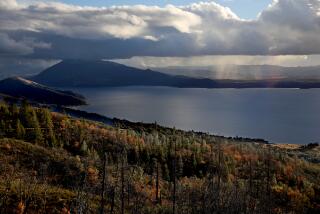Lake Tahoe has higher concentration of microplastics than ocean trash heap
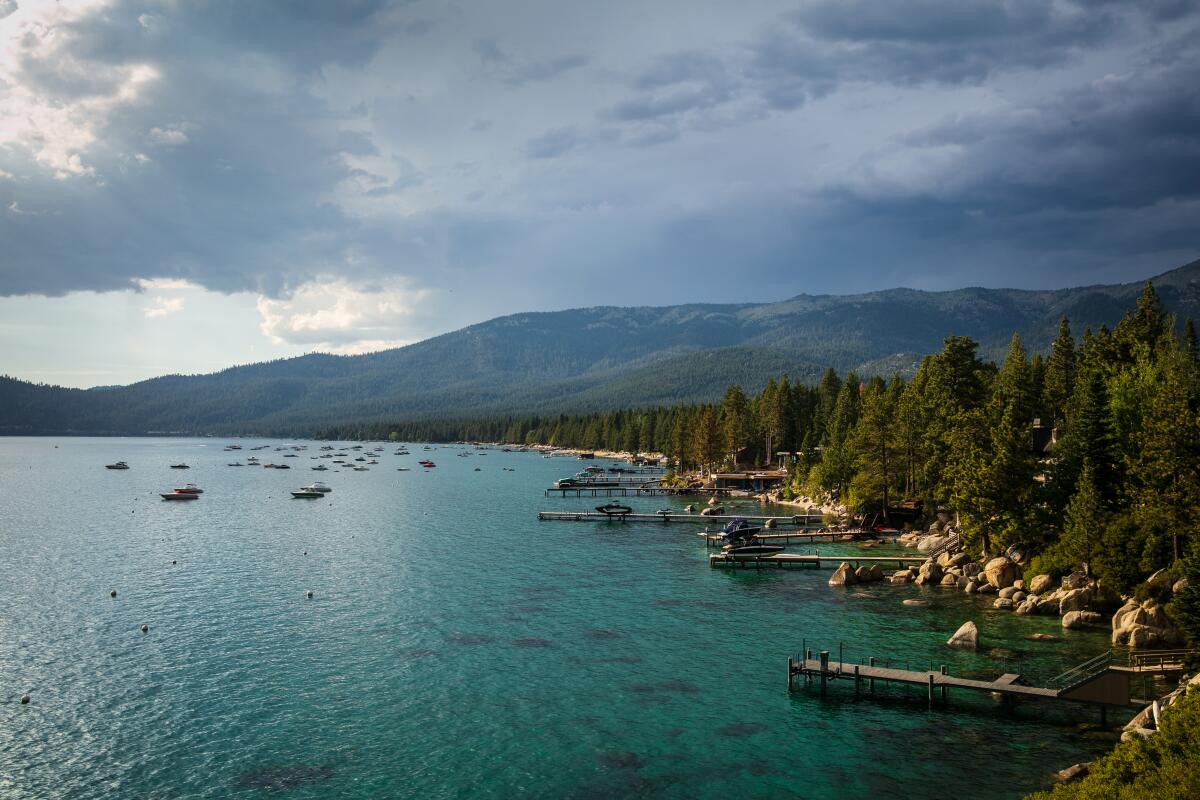
- Share via
Sparkling Lake Tahoe may appear pristine, but its blue surface waters contain microplastic concentrations higher than those observed in ocean gyres — systems of ocean currents notorious for accumulating plastic waste — according to new research.
The study, published Wednesday in the scientific journal Nature, revealed that of the 38 lakes and reservoirs sampled across 23 countries, Lake Tahoe contained the third-highest concentration of microplastics.
Researchers first reported microplastics in Lake Tahoe in 2019 — a disappointing discovery about the lake, which straddles California and Nevada. Decades of conservation efforts and legal protections have worked to preserve the lake and its 72 miles of shoreline.
The team behind the new study, led by Veronica Nava, a postdoctoral scholar from the University of Milano-Bicocca in Italy, recorded plastics concentrations more than three times higher than those sampled using a similar method in the North Atlantic subtropical gyre.
The study filtered for microplastics larger than 250 microns, or the width of about three strands of hair.
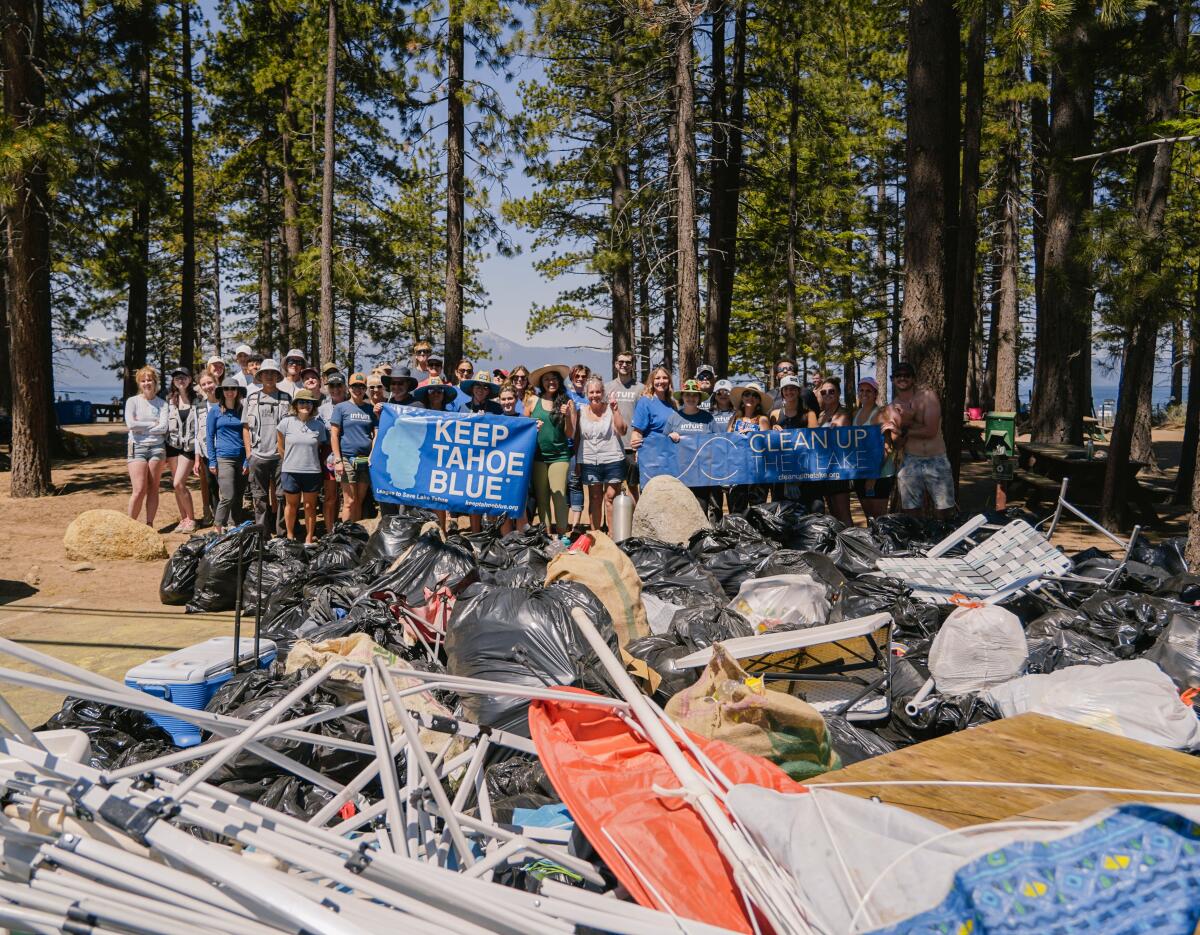
It joins a growing body of research sounding the alarm on the prevalence of microplastics. The tiny plastic particles, less than the size of a sesame seed, have been found all over — in the ocean, in Arctic snow, in the air we breathe, the food we eat and in our blood. There’s seemingly no escape.
Sudeep Chandra, the director of the Global Water Center at the University of Nevada, Reno, and co-author of the study, said the research highlights just how pervasive microplastics have been in freshwater ecosystems. Every lake sampled — even the most remote lakes — contained microplastics. That included Castle Lake near Mt. Shasta in Northern California.
“We often think about plastics being developed in watersheds and then moving into the ocean and collecting in the ocean,” Chandra said. “But what this study shows you is that fresh waters, including lakes and reservoirs, are important conduits of plastic.”
The team behind the study placed surface nets on lakes around the world, a practice commonly used for collecting data on marine microplastics, sampling lakes with a range of depths, population densities and watershed sizes.
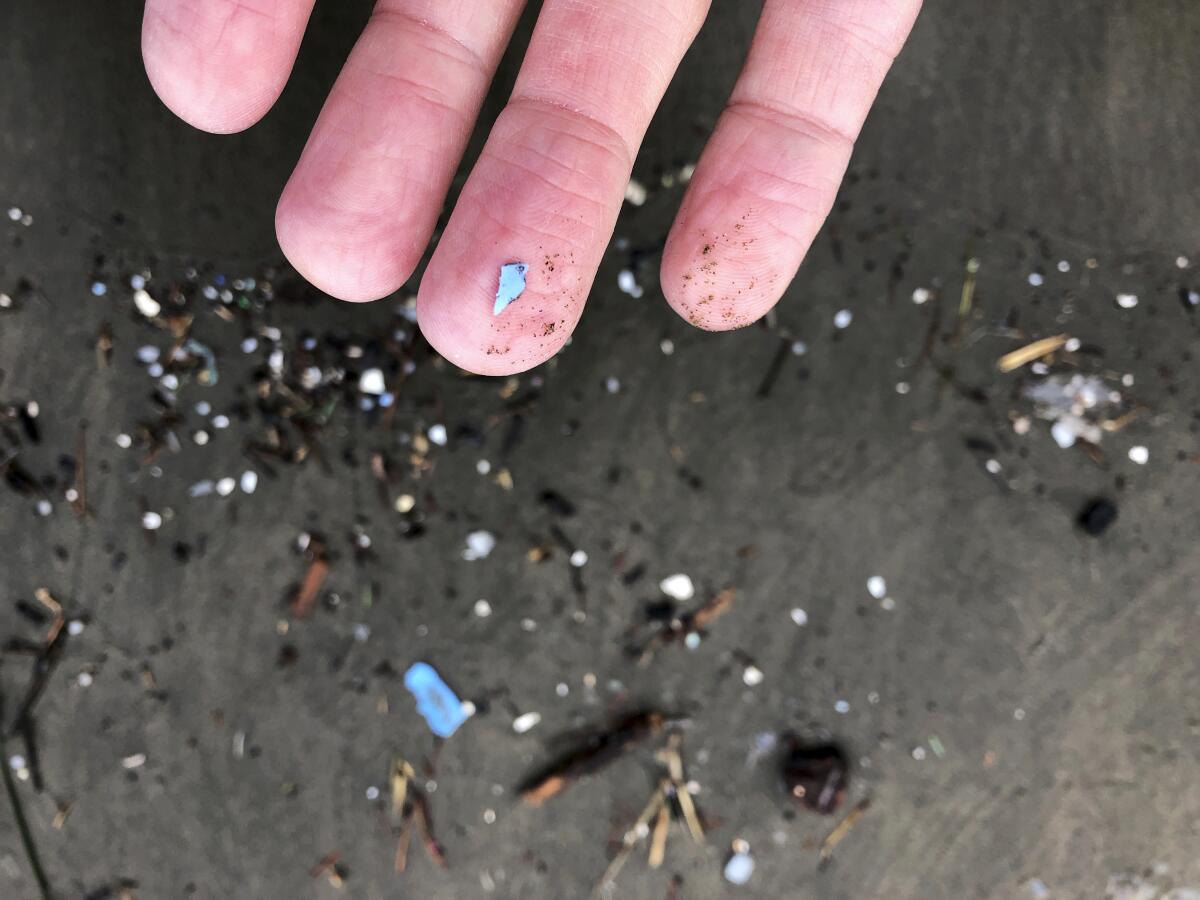
Compared with the other 37 lakes, Tahoe had a relatively small watershed size — meaning the area of land that drains water into the lake — and some of the best water quality, Chandra said. He added that the team was expecting to find Tahoe toward the bottom of the list, not at the top, especially because wastewater has been barred from entering the lake since the 1970s.
But there were a couple of characteristics that made Tahoe “strikingly different” from some of the others — namely, its large surface area paired with the amount of recreation it sees. Tahoe has more than 15 million visitors each year.
Although the study did not cover the source of microplastics — that’s what the researchers will tackle next — Chandra said he suspects the large surface area primes the lake to receive more microplastics from the atmosphere.
He pointed to research from Janice Brahney, an associate professor at Utah State University’s watershed sciences department, whose research on “plastic rain” reaching national parks and wilderness areas made headlines in 2020.
“Nothing really surprises me anymore with microplastic work,” Brahney told The Times. “It’s just cycling the Earth.”
Oceans have been a repository of plastic pollution for more than a century, accumulating plastics that can take hundreds of years to degrade. Brahney said that’s why oceans are a huge source of atmospheric microplastics, which can deposit all over. Roads are another major source.
Brahney said microplastics kicked up from the friction on highways around Lake Tahoe could get caught up in the atmosphere, then deposited into the lake, despite its small watershed. There’s “no doubt there’s a significant source of atmospheric deposition to Lake Tahoe,” she said.
Another possible source of Tahoe’s high microplastic concentrations is the pollution that follows its tourism industry.
Jesse Patterson, chief executive officer for the nonprofit League to Save Lake Tahoe, said that’s why the findings didn’t shock him. Following Fourth of July weekend, the nonprofit headed a beach cleanup where volunteers removed more than four tons of trash from the water and shores of Lake Tahoe.
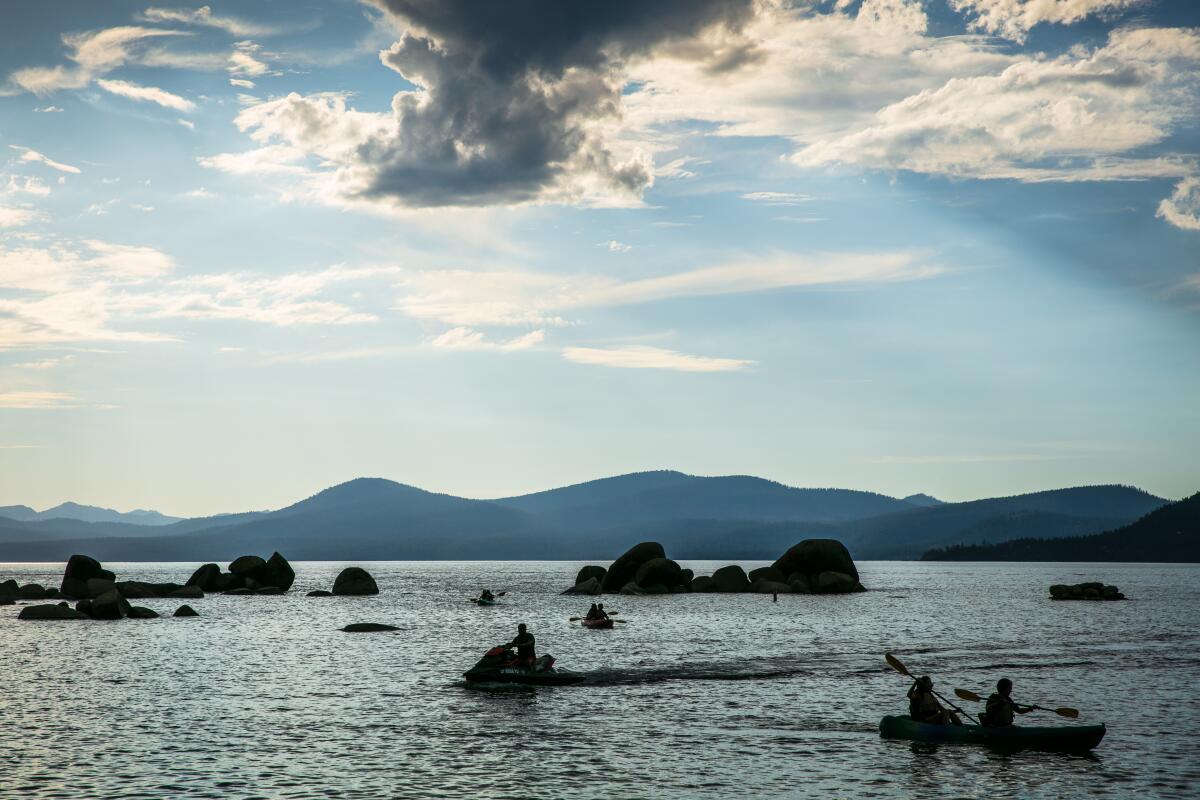
“It’s a highly protected lake, but it’s protected in a way that allows the balance of humans to come here and use it and enjoy it,” he said. “I think it’s that unique setting that has allowed a beautiful place like this to potentially have really high concentrations of microplastics in the water over time.
“Its beauty kind of hides the problem,” Patterson added. “Just because we can’t collectively see it, the science shows there’s an issue and we should respond now before we can see it with our own eyes.”
Starting in 2024, a ban on single-use plastic water bottles in the city of South Lake Tahoe will go into effect. Last month, 17 regional organizations launched the first Lake Tahoe Destination Stewardship Plan, aiming to prioritize the sustainability of the Tahoe area alongside its recreation and tourism industries.
At Tahoe and beyond, the response to the threat of microplastics must be “dramatic,” Brahney said. In a world that runs on plastics, that won’t be an easy feat, she said, but it’s a necessary one.
“It has to be across all levels of government,” she said. “And has to be uncomfortable for everyone.”
More to Read
Sign up for Essential California
The most important California stories and recommendations in your inbox every morning.
You may occasionally receive promotional content from the Los Angeles Times.



